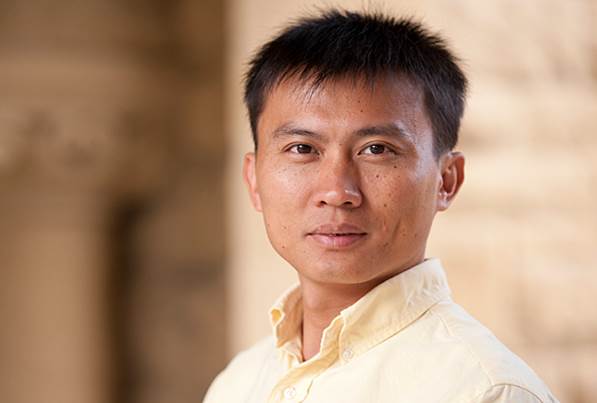报告题目:Catalyst Tuning and Electrochemical Cell Design for Chemical Reactions
报 告 人:崔屹 教授 (斯坦福大学)
报告时间:2018年7月5日 (星期四) 16:00-17:00
报告地点:过程大厦223会议室
邀请人:王丹 研究员
崔屹 教授简介:
Yi Cui is a Professor in the Department of Materials Science and Engineering at Stanford University. He received B.S. in Chemistry in 1998 at the University of Science and Technology of China (USTC), Ph.D in 2002 at Harvard University. After that, he went on to work as a Miller Postdoctoral Fellow at University of California, Berkeley. In 2005 he became an Assistant Professor in the Department of Materials Science and Engineering at Stanford University. In 2010 he was promoted with tenure. His current research is on nanomaterials for energy storage, photovotalics, topological insulators, biology and environment. He has founded three companies to commercialize technologies from his group: Amprius Inc., 4C Air Inc. and EEnovate Technology Inc. He is a fellow of Materials Research Society, Electrochemical Society and Royal Society of Chemistry. He is an Associate Editor of Nano Letters. He is a Co-Director of the Bay Area Photovoltaics Consortium and a Co-Director of Battery 500 Consortium. He is a highly proliferate materials scientist and has published ~400 research papers. In 2014, he was ranked NO.1 in Materials Science by Thomson Reuters as “The World’s Most Influential Scientific Minds”. His selected awards include: Blavatnik National Laureate (2017), MRS Kavli Distinguished Lectureship in Nanoscience (2015), the Sloan Research Fellowship (2010), KAUST Investigator Award (2008), ONR Young Investigator Award (2008), Technology Review World Top Young Innovator Award (2004).
报告内容简介:
The activity and selectivity of catalysts depends on their surface electronic structure. There has been much progress in using synthesis to control the shape, size, facet of catalyst particles. My group has been developing a new method of electrochemical tuning to control the catalyst chemical potential, oxidation state, crystal lattice and strain, which result in the tuning of surface electronic structure. We demonstrate efficacy of this method in hydrogen evolution reaction (HER), oxygen evolution reaction (OER), oxygen reduction reaction (ORR). In addition, we also designed an artificial lung electrochemical system, which can increase the efficiency of mass transport involving gas-liquid-solid three phase reactions.
附件下载: